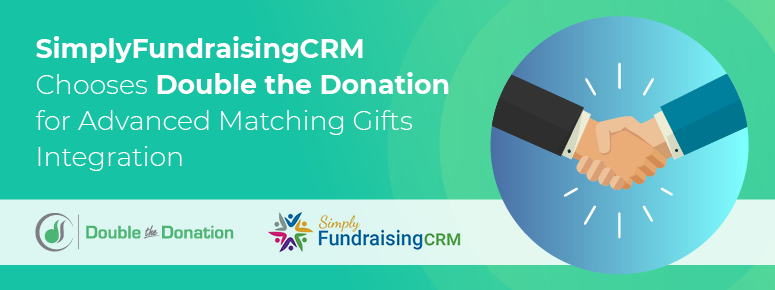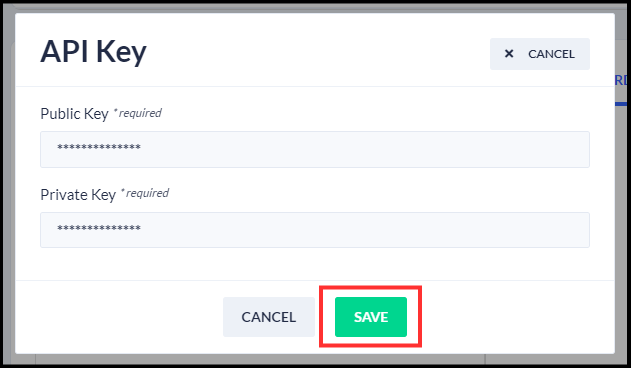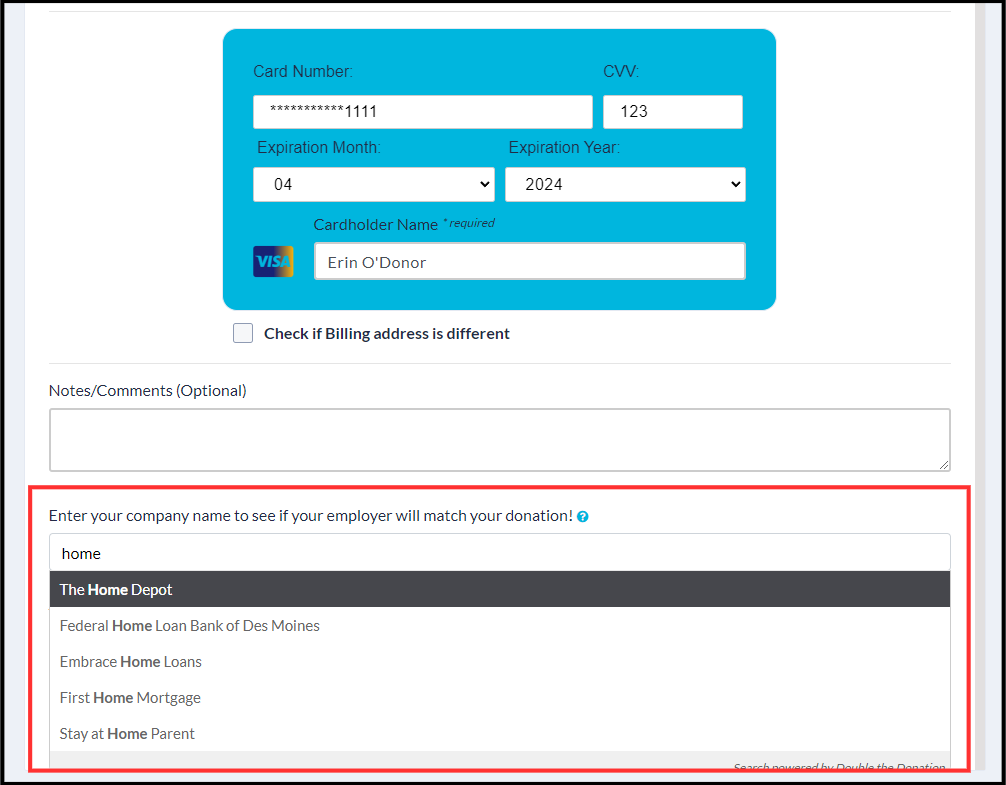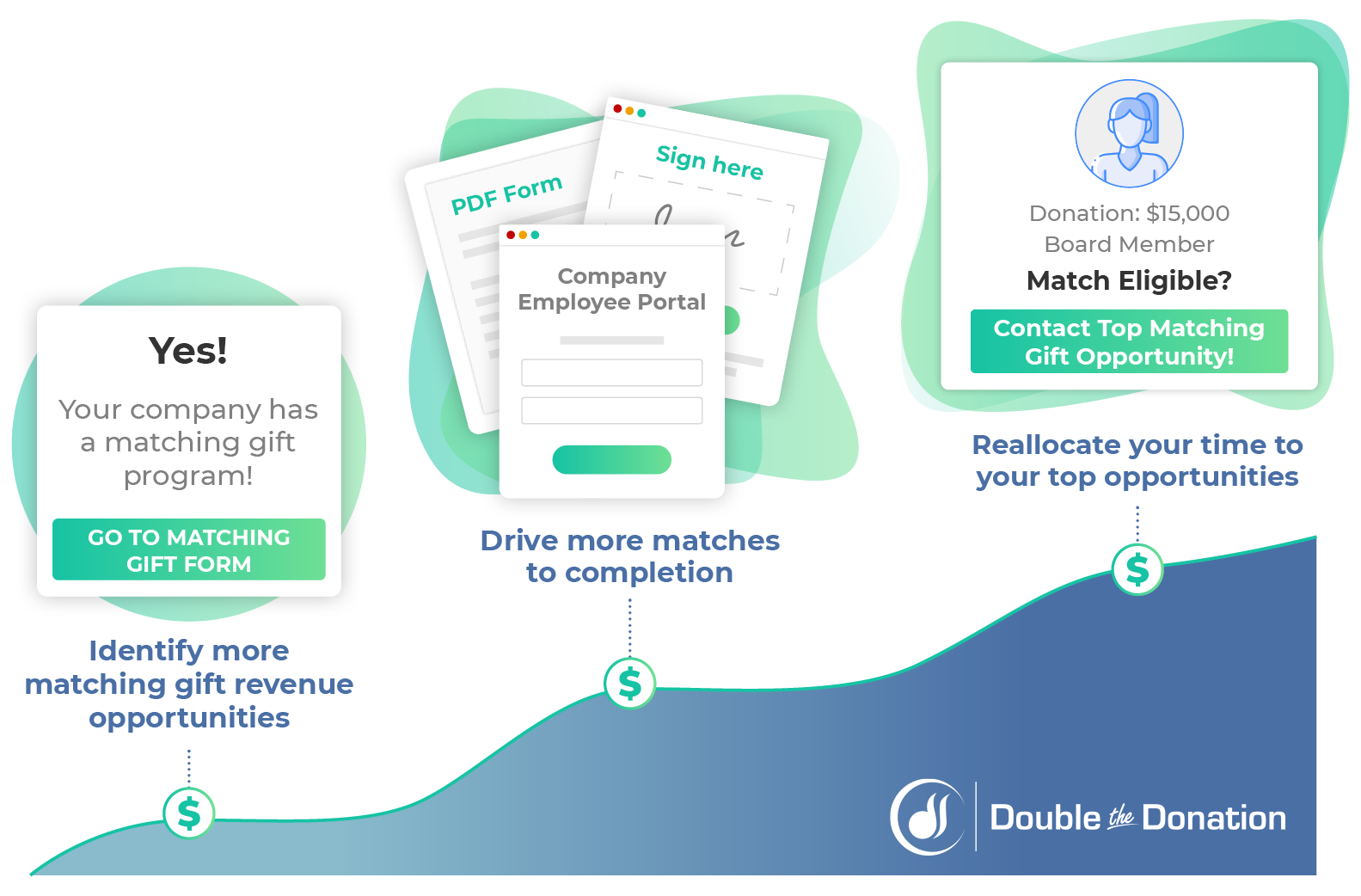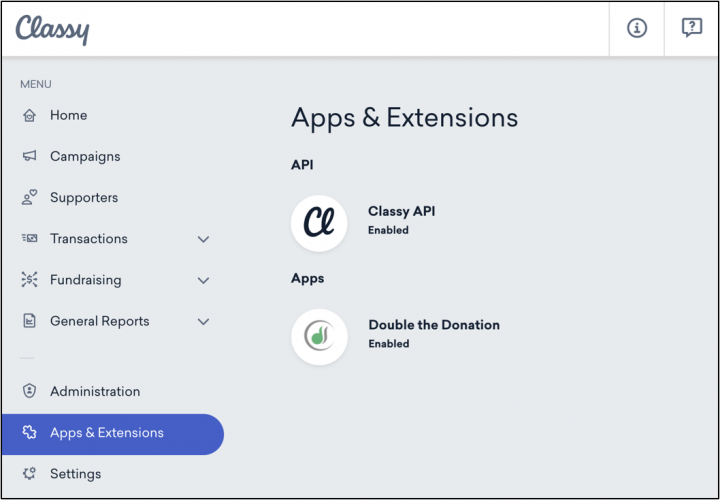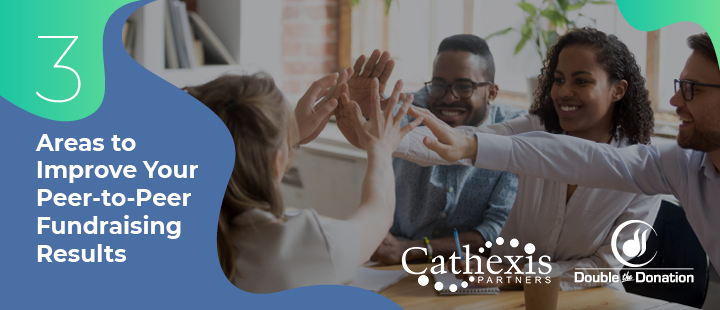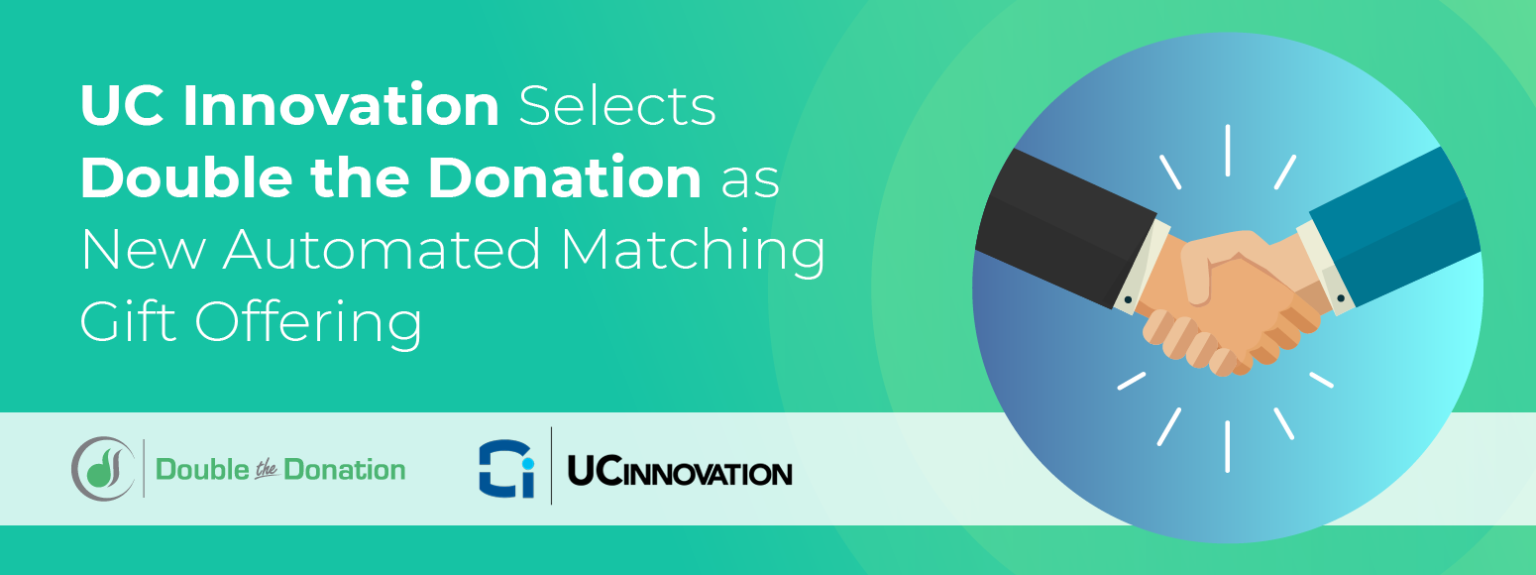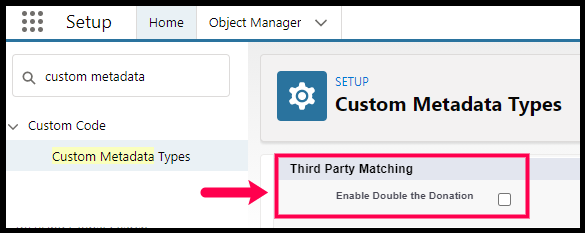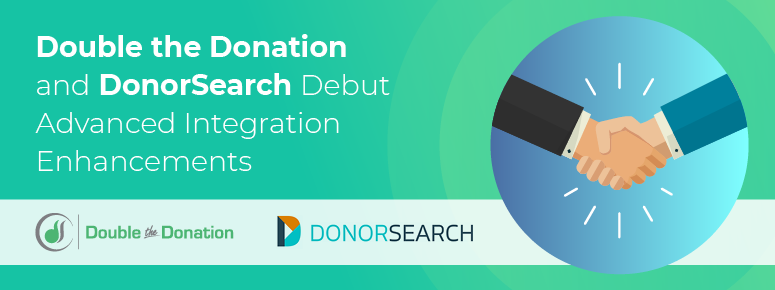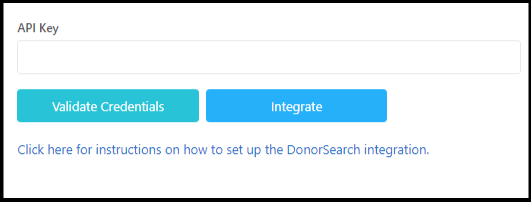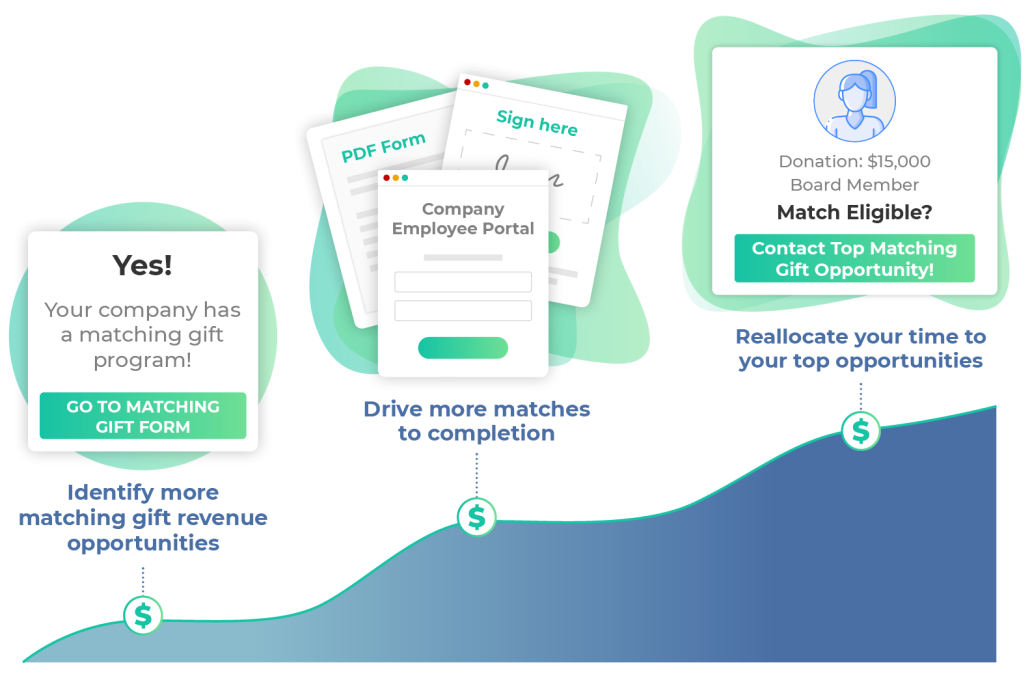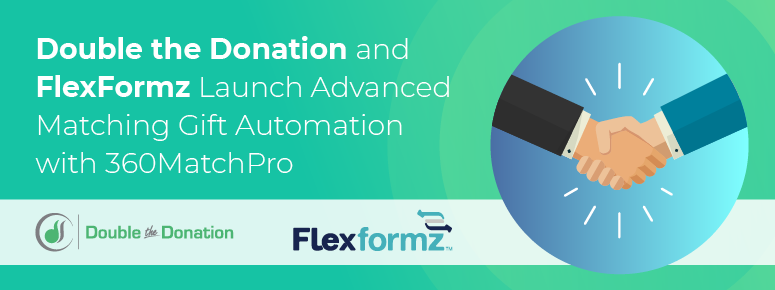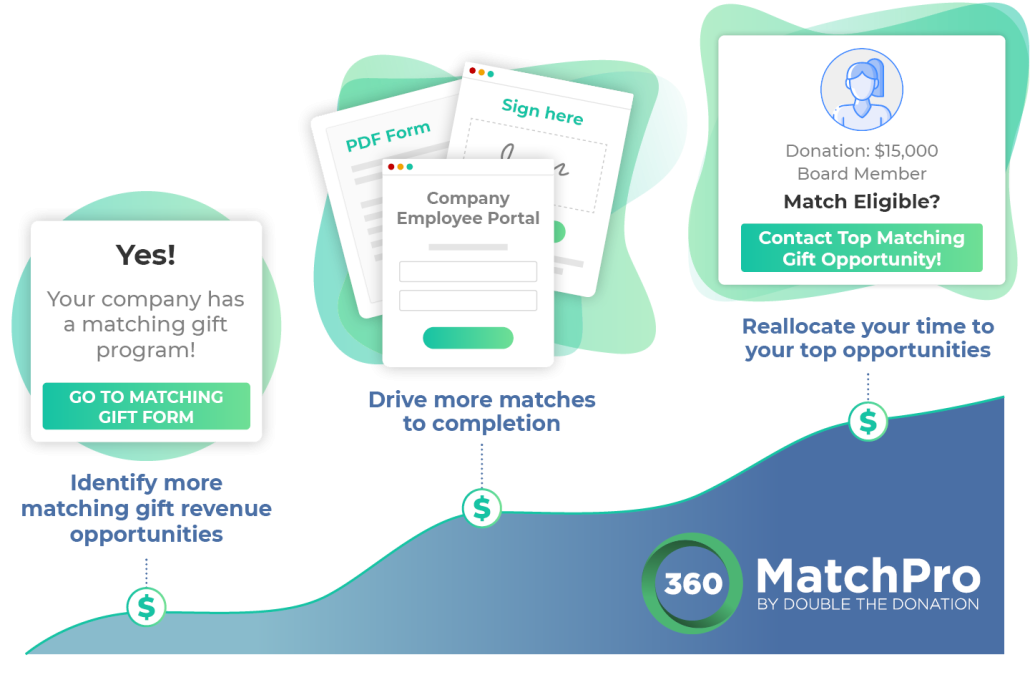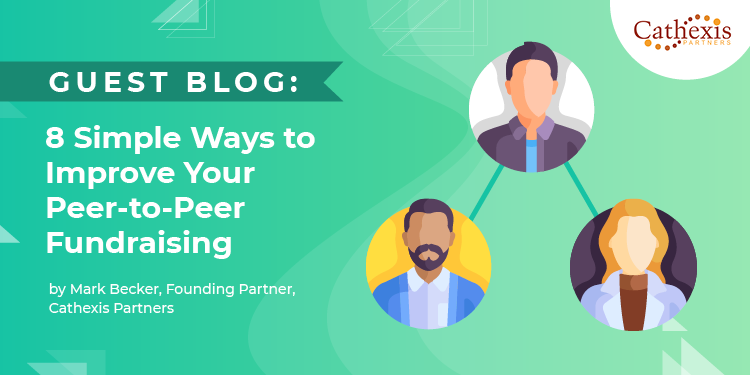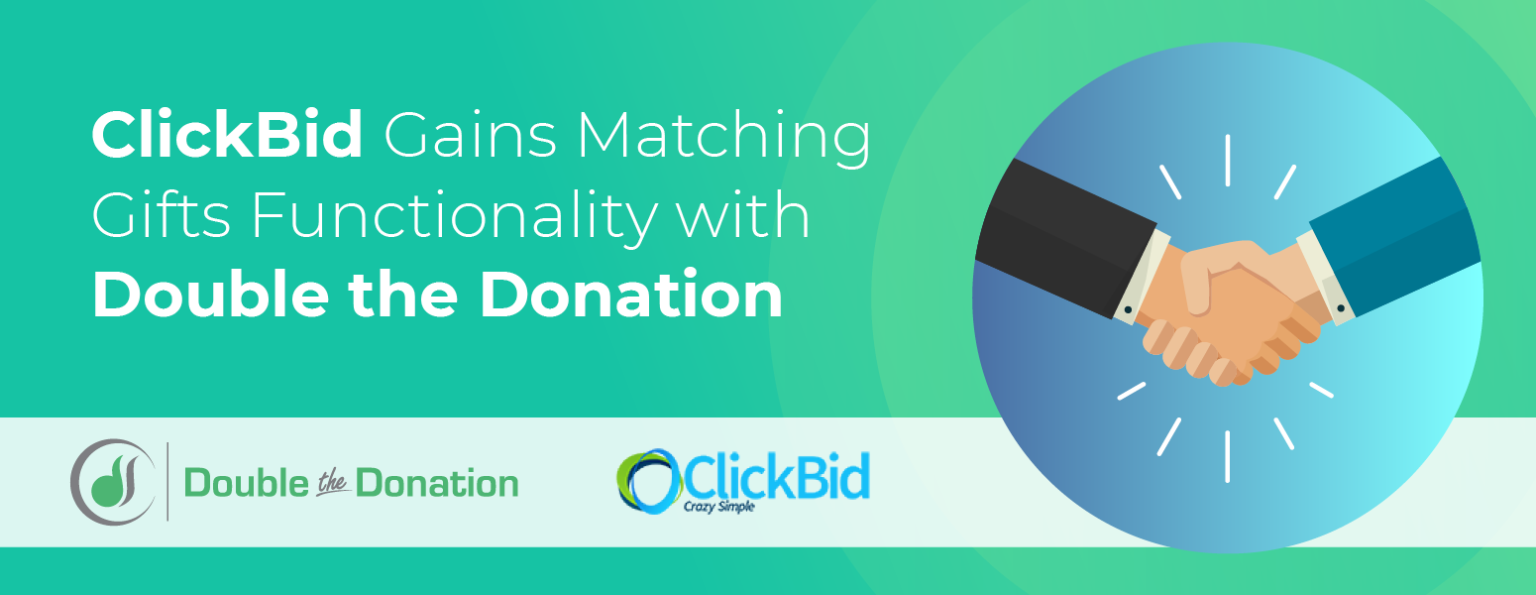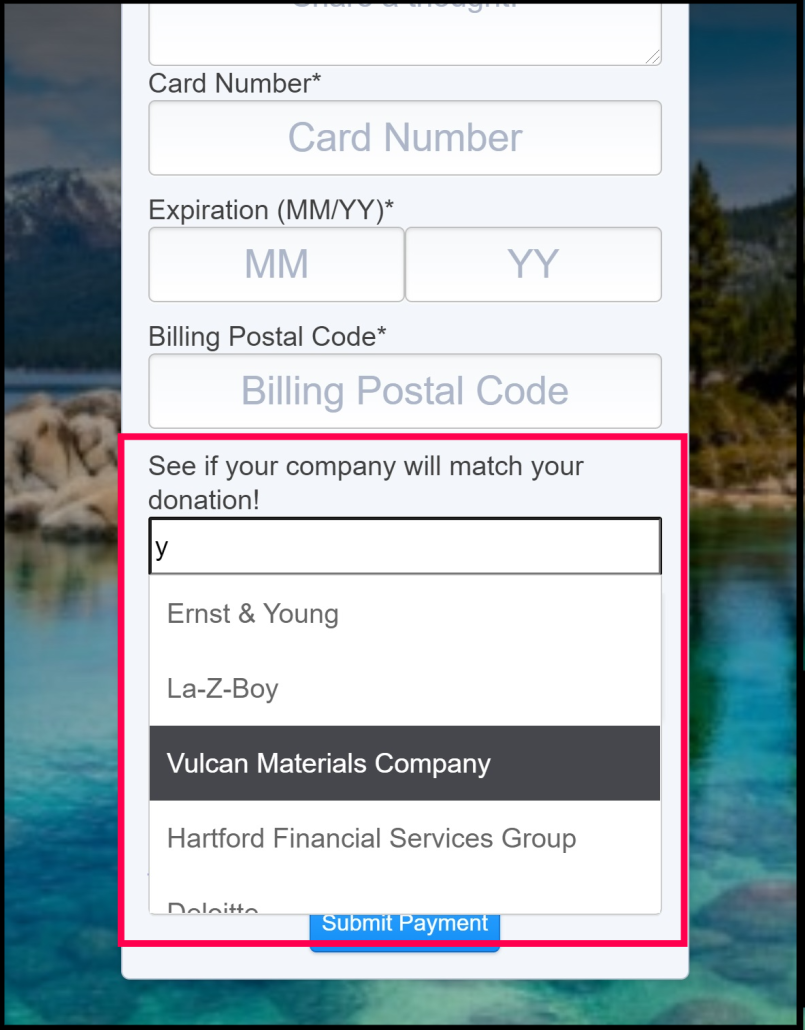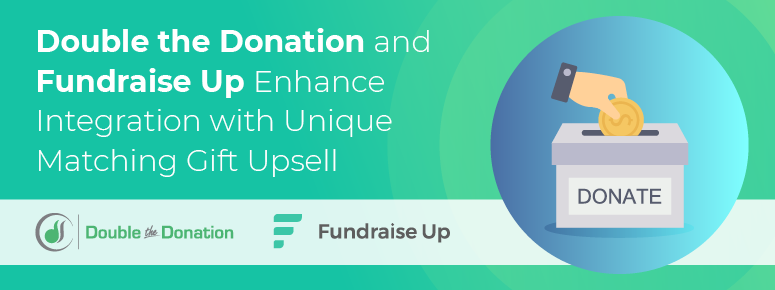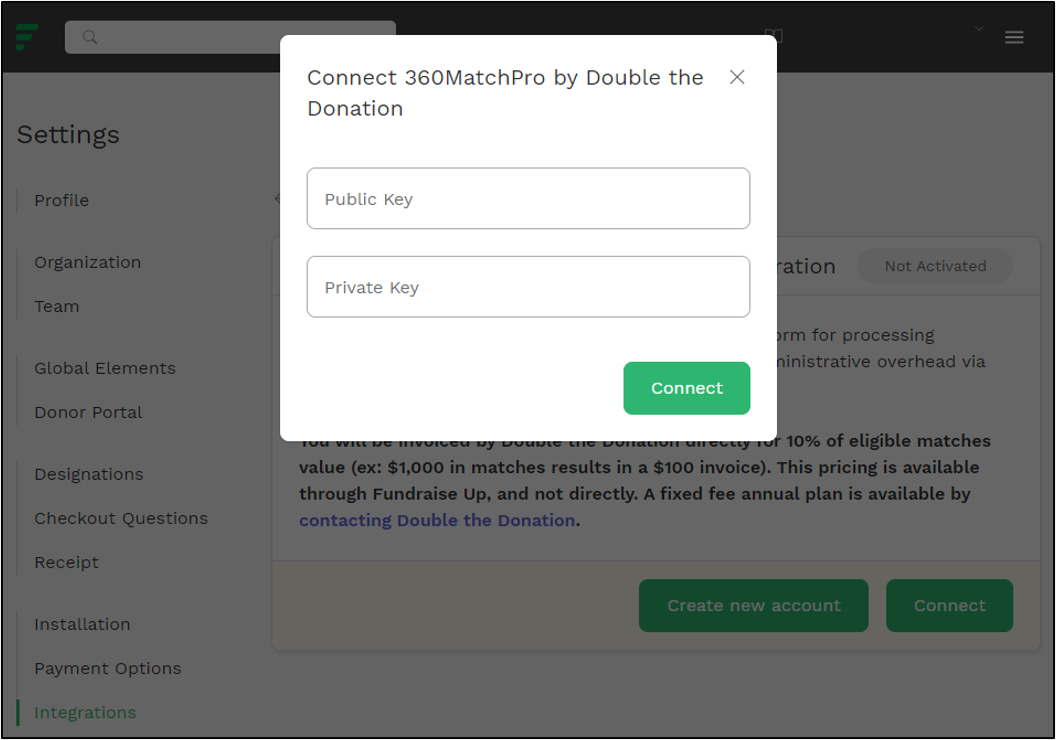SimplyFundraisingCRM Chooses Double the Donation for Advanced Matching Gifts Integration
Double the Donation and SimplyFundraisingCRM are proud to unveil their new integration partnership, opening the door for nonprofit organizations to identify more matching gift opportunities for their donors with every donation.
“We are thrilled to partner with Double the Donation,” Says Jon Biedermann, President at SimplyFundraisingCRM. “I’ve known the founder, Adam Weinger, for years and nonprofits will save time and raise far more from their small and mid-level donors. Even better, they will save time raising more money with Double the Donation’s and SimplyFundraisingCRM’s automated processes to collect matching gifts – all in one beautiful integration that simply just works.”
The new integration between SimplyFundraisingCRM and Double the Donation allows nonprofits to discover donors’ employers and match eligibility and encourage them to submit their matching gift requests at a higher rate. More submitted match requests means more revenue for the fundraising org, all without complicated IT work or manual follow up efforts.
“Something we love about the SimplyFundraisingCRM platform is how easy and stress-free it is for nonprofit users to manage,” said Adam Weinger, President at Double the Donation. “It was a natural fit that we make the process for those same nonprofits to raise more from matching gifts just as easy with an integrated solution.”
Around 78% of donors are completely unaware of their matching gift potential – the new integration between Double the Donation and SimplyFundraisingCRM aims to raise donor awareness and close the gap to help organizations claim some of the $4-7 billion in matching gift revenue left on the table yearly.
Activate in Seconds and Start Raising More from Matching Gifts?
Activating an integration between your SimplyFundraisingCRM account and Double the Donation is all in the name – simple! In your SimplyFundraisingCRM launchpad, just enter your public and private API keys from your Double the Donation account and save to activate your integrated tools. From here, you’ll be able to toggle your matching gift fields on and off to meet your campaign needs.
Once you’re set up with your integration, Double the Donation will automatically start identifying match eligible donors as they give on your SimplyFundraisingCRM donation forms, and follow up with them via email to guide them directly to their company’s matching gift request process. Encouraging donors automatically to get their gifts match could turn your average $25 donation into a $50 impact–all without arduous manual outreach from your already busy team!
Plus, keep track of your matching gift data and outreach settings in your Double the Donation portal to identify future matching opportunities, keep track of your year-to-date match identified amounts, and manage your email settings and customizations to keep your messaging streamlined and true to your organizational voice.
Looking to learn more? Check out our in-depth integration guide to get started!
Drive More Matching Gifts to Completion with Double the Donation!
Double the Donation and SimplyFundraisingCRM’s partnership allow nonprofit organizations to raise more from every donor interaction with automated matching gifts marketing. Boost the impact of every donation by utilizing some key features:
- Identify more matching gift revenue opportunities: Double the Donation enables you to automatically collect matching gift eligibility from donors using email domains, within donation forms, on confirmation screens, or by email. The more matching gift opportunities Double the Donation discovers and shares with donors, the more matching gift requests your donors will successfully submit.
- Drive more matches to completion, from form submission to corporate payment: Direct donors immediately to their matching gift forms after the donation process is complete. Then, provide the right information to the right donors at the right time with custom emails based on match eligibility. Target follow-ups drive more completed submissions than ever before, bringing exponentially more matching gift checks from companies through your door.
- Reallocate your time from routine follow-up to your top opportunities: Your time is valuable, so why spend it chasing small dollar-value matching gifts? Let Double the Donation automate your matching gift outreach while flagging your highest-value opportunities, allowing your team to personalize follow-ups to the most valuable match-eligible donations. Rest easy knowing that Double the Donation can handle the rest.
Ready to get started with your matching gift journey? Request a personalized demo today and make sure you mention you use SimplyFundraisingCRM when you schedule.
About SimplyFundraisingCRM: Manage donors, collect donations online or offline, and make it easy for you and your board members to attract and retain donors. All with built in fundraising expertise in one easy-to-use platform that anyone can use and everyone will love. Visit https://www.simplyfundraisingcrm.com/ to learn more.
About Double the Donation: Automate your matching gift fundraising with the industry-leading solution from Double the Donation. The Double the Donation platform provides nonprofits with tools to identify match-eligible donors, drive matches to completion, and gain actionable insights. Double the Donation integrates directly into donation forms, CRMs, social fundraising software, and other nonprofit technology solutions to capture employment information and follow up appropriately with donors about matching gifts. To learn more about Double the Donation, visit https://doublethedonation.com and request a demo at https://doublethedonation.com/get-a-demo/

